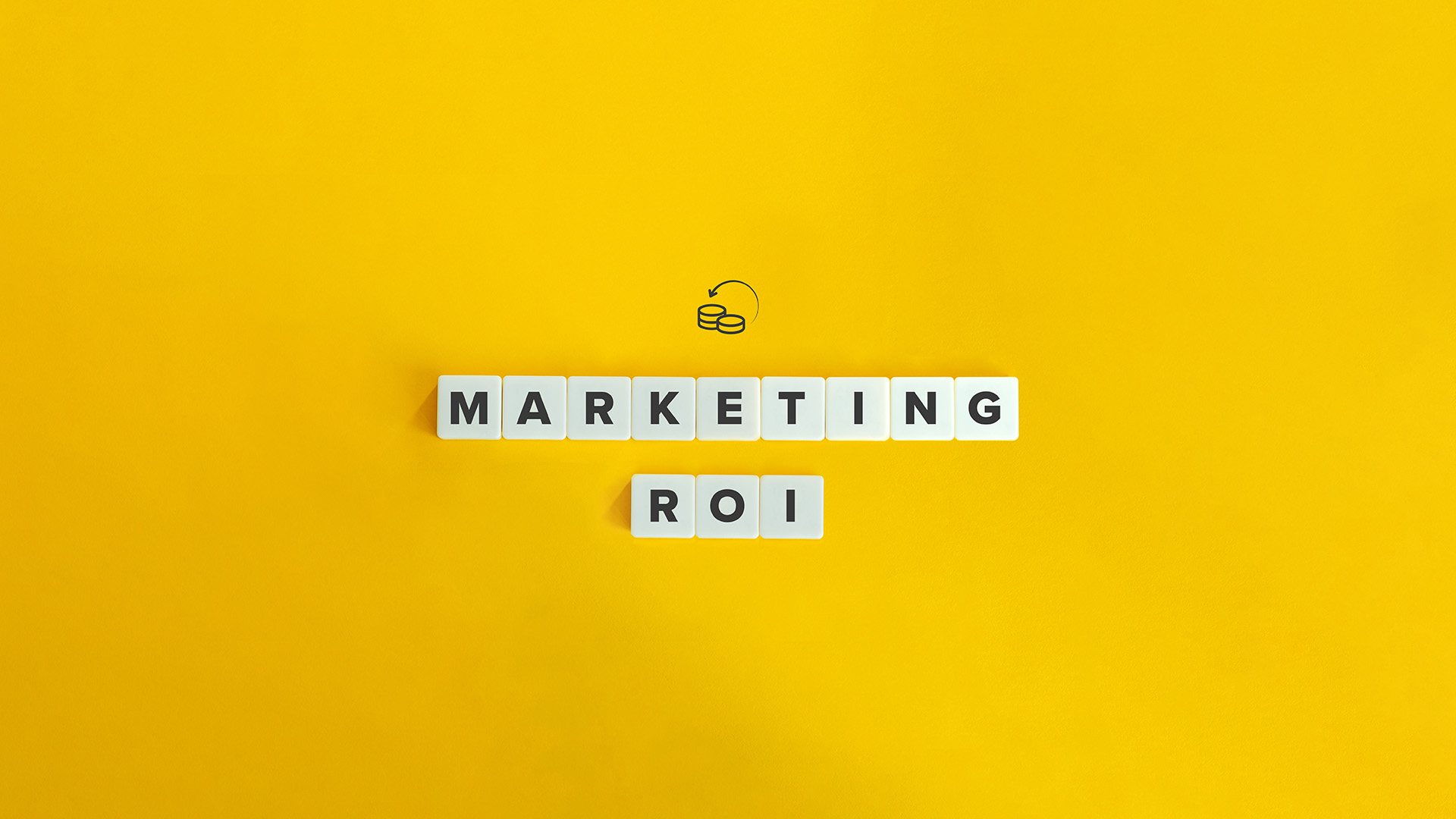
Trying to get a feel for how much you’re getting back from your content marketing can often be hit-and-miss. You’re spending x amount of dollars on your campaigns, but how much are you really getting back? And how do you figure out your non-monetary return on investment (ROI)?
Developing a strategy for measuring your content marketing ROI can help fill in the gaps so that you know exactly what your spending is earning. In this article, we’re going to go over the specific steps you can take to measure your content marketing ROI and improve your conversion rates.
Let’s get started.
How to Measure Your Content Marketing ROI
So, wondering how to measure ROI on content marketing? Below are the five steps you can implement into your content marketing strategy to improve your ROI.
1. Define the purpose of your ROI
Having a clear idea of what your content marketing efforts are, as opposed to focusing your strategy on budgetary concerns only, will help you improve your ROI and content marketing campaigns in the long run. To develop a concrete purpose, determine what metrics are essential to your strategy and focus on those when you plan campaigns.
For example, measuring website views may give you a number of how many people are visiting your site, but email conversions and video subscribers give you a better idea of engagement. Engaged customers participating in your campaign will return more investment than people simply viewing your website.
2. Select relevant metrics with care
You may be overwhelmed with all the metrics to choose from when developing the purpose and goals of your content marketing strategy. Just ask yourself: “Does this metric correlate with our goals? Does it sync up with our content strategy? Does it give us insight into our customer journey in an actionable way?”.
Here are some of the metrics you can track:
When you have your answers, you’ll be able to weed out the metrics you don’t want. Then you can focus on the metrics you need.
3. Set benchmarks
You might already be using benchmarks to measure your performance against competitors, but don’t make this the only benchmark you set for yourself. Focus your efforts on setting benchmarks for your own content marketing improvements.
For example, set a benchmark for how many pieces of content you put out for a specific campaign. Analyze the return on investment on that content versus the benchmark you set for yourself to see its performance. Adjust your strategy if your ROI doesn’t improve.
4. Manage frequency of measuring data
Every campaign will have elements and pieces of content that are difficult to measure. This can be an issue when you’re measuring ROI. Adopt the usage of proxy metrics, or key directional indicators, to measure content performance that seems immeasurable.
Organic search referrals are one type of proxy metric. By analyzing this metric, you can determine if your content marketing activities are on the right track.
5. Convert data into actionable insights
Your content efforts will deliver consistent data that needs to be mined for actionable insights. Any data coming in from your efforts will be as valuable as stock tracking software because it shows you exactly what’s working and what’s not. If your social shares are outperforming your blog posts or vice versa, that’s an actionable insight you can use to your advantage.
You could end up handling a lot of data. To make the most of it and to allow for easy collaboration between your departments consider adopting data clean room technology to help perform your analysis.
Challenges with Measuring Content Marketing ROI
As with any endeavor, your efforts won’t translate to immediate content marketing success; you’re going to face some challenges. Here are a few you may encounter:
- Measuring the wrong metrics or tracking the wrong key performance indicators (KPIs).
- Tracking too many KPIs, resulting in confusing and messy data.
- Not giving your numbers enough time to adjust after implementing new changes.
How to Improve Content ROI
The best way to improve your content ROI is to pay attention to your key metrics. Your metrics help inform your marketing efforts. If a piece of content is underperforming, and you’ve given your numbers time to adjust, change your content marketing tactics or re-evaluate your content marketing goals.
As you examine what’s not working, keep your audience in mind and consider measuring customer intelligence (CI) data. Use your key metrics to see what type of content they respond to most. Do you get a lot of traction from email marketing campaigns? Or do your customers prefer blog articles? Whatever they prefer, focus on that, and make sure it’s high-quality content as well as relevant content.
Finally, dig into your social media channels to see how potential customers feel about your brand. Social media engagement can be an indicator of brand trouble or success. Keep an eye on your social media posts to help improve your content ROI.
Wrapping Up
If you’ve been relying on Google Analytics to track your content success, then it’s time for an overhaul of your content marketing strategy. The best way to measure your content marketing success is to focus on key metrics related to your business while developing your own unique content strategy goals.






